While we have never reviewed the game here on Geeky Hobbies, Qwirkle is a game that I really enjoy. Qwirkle is a tile laying game where players play tiles in a crossword type pattern by matching either the color or shape of tiles that have already been played. Players need to play their tiles wisely in order to score more points than their opponents. So why am I bringing this up in a review of Sumoku? I am bringing it up because as soon as I started playing Sumoku it immediately reminded me of Qwirkle as the two games share a lot in common. Basically the game seemed like what you would get if you took Qwirkle and instead of shapes you added in numbers and math. Since I am a fan of Qwirkle and I have always been pretty good at math I thought this was a really interesting combination. Sumoku may not be for everyone but it is a fun math game with interesting mechanics that leads to a surprisingly fun game.
How to Play Sumoku
Sumoku can be played in a couple different ways as detailed below.
Classic Sumoku
Setup
- Grab a sheet of paper and a writing utensil in order to keep score.
- Each player draws eight tiles from the bag and places them face up in front of themselves.
- The players add up the total of all of their tiles. The player whose tiles add up to the lowest total will roll the die. The number rolled on the die is the “key number” which will be used for the entire game.
- The player who rolled the die will begin the game.
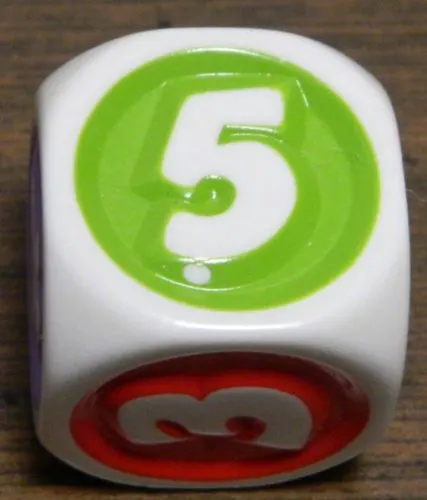
The players have rolled a five on the die. This makes five the key number for the game. Players will have to play tiles that add up to a multiple of five. This key number is used for the rest of the pictures below.
Playing the Game
The player who rolled the die will begin the game by placing some of their tiles in a row/column in the center of the table. The tiles they choose to play must add up to a multiple of the key number. When choosing which tiles they will play they cannot play two tiles of the same color. The player will score points equal to the numerical value of the tiles they played. The player will then draw tiles from the bag to replenish their total to eight. Play will then pass to the next player.

With a key number of five the first player has played these four tiles. The tiles add up to a total of twenty with one tile of each color. As the tiles add up to twenty the player will score twenty points.
On every turn except for the first the players will have to place tiles that connect to the tiles that have already been played. Tiles can be played in one of three ways:
- Tiles can be added to a row or column that has already been played. The player will score points based on the numerical value of all of the tiles in the row/column that the tiles were played to.
- A group of tiles can be played that connects to one tile from another row or column that was already played. The player will score points based on the numerical value all of the tiles in the new row/column (including the tile that was already played).
- A new group of tiles can be played that extends a row/column that has already been played while also creating a new row/column. In this situation you will score points from both groups of tiles.
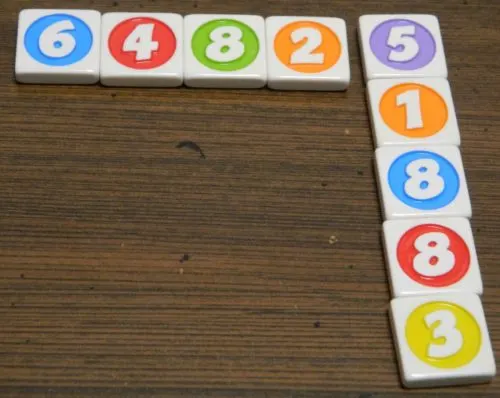
This player has decided to play the vertical column along the right side of the picture. As the tiles add to the row while creating a column the player will score points from both. The player will score 25 points for the horizontal row. The player will score an additional 25 points for the vertical column. For this play the player will score 50 points.
When placing tiles in any of these ways you must follow two rules.
- The tiles in a group must add up to a multiple of the key number.
- You may not repeat a color within a row/column.
When placing a tile if you complete a row/column that features all six colors, you will get to take another turn. You will not get to draw new tiles for this extra turn but will score the points earned for both turns.

All six colors have been added to this row. The player to add the last tile will get to take another turn.
After adding your points to your current total you will draw a number of tiles from the draw pile equal to the number of tiles that you played. Play will then pass to the next player clockwise.
End of Game
Once all of the tiles have been drawn from the draw pile, the players will keep taking turns until none of the players have tiles left that they can play. Players will then count up the values of the tiles still in front of them and subtract this from their total points. The player who scores the most points wins the game.
Speed Sumoku
Setup
- Turn all of the tiles face down and mix them up. Set them on the table where everyone can reach them. Place the bag next to the draw pile.
- Each player will draw ten tiles and place them face up in front of themselves.
- The die will be rolled which determines the key number for the game.
Playing the Game
Once the die has been rolled the game will begin. All of the players will play at the same time and create their own “crossword” with their tiles. All rules regarding how tiles can be played are the same as the main game.
Players will play tiles to their crossword as quickly as they can. Whenever a player gets stuck and can’t find a way to add their final tiles to their grid they may swap one of their unused tiles for two tiles from the draw pile.
End of Round
The players continue building their own crossword until one player has used all of their tiles. When a player uses their last tile they will grab the bag and yell out “Sumoku”. The game will then stop while the players verify that all of the tiles were played properly. If one or more of the tiles were played incorrectly the round continues with the player who was wrong being eliminated for the rest of the round. All of their tiles will be returned to the draw pile. Each of the remaining players will draw two new tiles. The game will then resume with the other players trying to finish their crossword.
If all of the tiles were played properly the player wins the round. Another round will then be played. All tiles are returned to the draw pile and the game is setup for the next round. The winner of the previous round will roll the die for the next round.
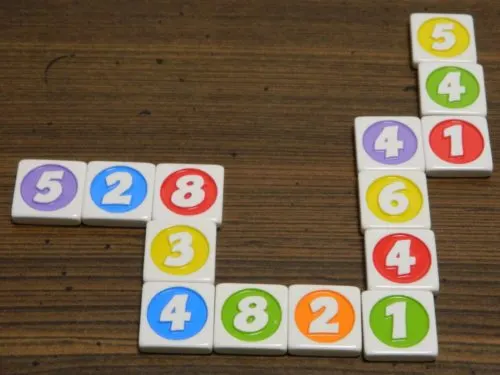
This player has used all of their tiles to create this crossword. As the crossword correctly uses the tiles this player will win the round. Note: When taking the photo I didn’t notice that there were two green tiles in the bottom row. This wouldn’t be allowed. If either the green eight or one were different colors though, this would be allowed.
End of Game
A player can win in one of two ways. If a player wins two rounds in a row they will automatically win the game. Otherwise the first player to win three rounds will win the game.
Spot Sumoku
Setup
- Place the tiles face down on the table and mix them up.
- Take ten tiles and turn them face up in the middle of the table.
- One of the players will roll the die to determine the key number.
Playing the Game
All of the players will study the ten tiles that are face up on the table. The first player to spot four tiles that add up to a multiple of the key number will alert the other players. The four tiles may repeat a number but may not repeat a color. The player will reveal the four tiles that they found to the other players. If they are correct they will take the four tiles which will be worth points at the end of the game. Four new tiles are drawn and a new round begins.
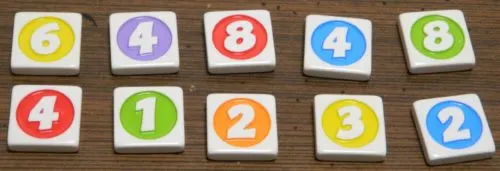
The key number for this game is five. The players have to find four tiles that add up to a multiple of five. There are several different combinations that the players can choose from. They can pick the yellow six, four red, purple four, and green one. Another option is the purple four, green one, red eight, and orange two. Another option is the red eight, orange two, green eight, and blue two.
If the player picks four tiles that don’t add up to a multiple of the key number or two or more tiles are the same color, the player fails. The four tiles are returned to the other face up tiles. As a punishment the player will lose four tiles that they have acquired in a previous round. If the player has no tiles, they will have to sit out the rest of the round.
End of Game
The game will end when one of the players have acquired enough tiles. In 2-4 player games the first player to acquire 16 tiles will win the game. In 5-8 player games the first player to acquire 12 tiles will win the game.
Team Sumoku
Team Sumoku is played a lot like Speed Sumoku and follows all of the same rules except that players won’t draw additional tiles. All of the players will divide into teams. Depending on the number of teams each team will receive a number of tiles:
- 2 teams: 48 tiles for each team
- 3 teams: 32 tiles for each team
- 4 teams: 24 tiles for each team
The die will be rolled to determine the key number. All of the teams will play at the same time. Teams will assemble their tiles into a crossword where each row/column adds up to a multiple of the key number. The first team to correctly place all of their tiles will win the game.
Solo Sumoku
Solo Sumoku is like the other games except one player plays by themselves or all of the players play together. You begin by drawing 16 tiles and rolling the die. You will then assemble the 16 tiles into a crossword. The only difference in this mode is that numbers and colors can’t repeat in the same row/column. After the player(s) use the 16 tiles they will draw ten more and try to add them to the crossword. Players keep adding ten more tiles hoping to eventually add all 96 tiles to the crossword.
My Thoughts on Sumoku
I have to say that my first impression of Sumoku was basically spot on. The game is pretty much Qwirkle with numbers and some basic math. Others may say that it feels like Scrabble or Bananagrams mixed with math which seems like a fair comparison as well. Basically the game has players creating crosswords that involve numbers instead of letters. You will roll a die and then have to create rows and columns that add up to a multiple of the number (3-5) that was rolled. Players can add to rows/columns that have already been played or create their own row/column that is connected to the tiles already on the board. The one catch is that the same color cannot appear more than once in each row/column.
Heading into the game I didn’t know how this would work. The idea of adding a math mechanic to Qwirkle sounded interesting but there was always a chance that it would fail. My main concern was that the game was going to become “mathy” and dull as players just added tiles together to find numbers that they needed. The good news is that it works quite a bit better than I was expecting. I can see people that don’t really like math games not liking Sumoku, but I enjoyed my time with the game. I think part of this is that the game wisely chose to limit the amount of math that you would have to do in the game. You will be doing math on every turn but for the most part it is quite basic. You only have to add single digit numbers together in order to find various factors of 3, 4, or 5. Unless you are bad at math these aren’t hard to find so the game never becomes too taxing mathematically.
While I will get back to discussing the gameplay I want to take a quick detour to bring up that Sumoku has quite a bit of educational value. I could see the game actually working quite well in schools or in other educational settings. This is because the game relies heavily on basic addition and multiplication skills. Therefore I think it could do a great job reinforcing these skills in younger children while also remaining interesting enough that children won’t become bored. Sumoku is the best type of educational game. The game does a good job teaching/reinforcing concepts while still remaining fun enough that it won’t bore the players. A game can be really educational, but if it is so boring that no one wants to play it no one will learn anything. Instead you are better off building a game with some educational elements combined with actual fun mechanics so players will learn without even really noticing that they are learning.
As I can see the game working well as a teaching/reinforcing tool for basic math skills it is a good thing that the game is quite easy to play. The mechanics in the game are pretty simple. If you have basic math skills and understand the concept of a crossword puzzle you are almost already there. I think you could honestly teach the game to new players within just a couple minutes. The game has a recommended age of 9+, but I think that is a little high. Children with basic addition and multiplication skills should be able to play the game without much trouble. The game’s simplicity leads to the game playing pretty quickly. Depending on what type of game you decide to play I would say that most games will only take 20 minutes or less unless a player suffers from analysis paralysis or players have trouble completing their crosswords.
In total Sumoku includes five different games that you can play with the tiles. All of the games mostly utilize the same mechanics with each having a few tweaks on the main game.
The main game mostly relies on analyzing the crossword to find areas where you can play your tiles in order to maximize your points. In my experience there are two keys to doing well in the main game. First if possible you want to try to add a tile to a row/column along with enough tiles to create a long row/column that extends off of it. This is key because these opportunities let you score a lot of points as you will score two rows/columns at a time. This can lead to a lot of points as in one game we had two players score 70 or more points in one round. If you can score one of these rounds and the other players can’t you will have an almost insurmountable lead in the game. The other key to the game is trying to play the sixth color tile to a row or column. This is important as it allows you to make a second play on your turn which can greatly increase your score in a round.
Other than the solo game which is basically the main game with no time limit or scoring, I would say that the rest of the modes are variants that add speed mechanics to the main game. Speed Sumoku and Team Sumoku basically take the main game and add a speed element where the players/teams race to try and place all of their tiles into a crossword before the other players/teams. While most of the mechanics are similar to the main game, these two games actually play quite a bit differently than the main game. Instead of trying to find the highest scoring play you are just trying to play your tiles as quickly as possible in order to get rid of them. Finally there is Spot Sumoku which is basically a math exercise where you have to find four tiles that add up to a multiple of the key number.
I thought Sumoku was going to be pretty good but I have to say that I enjoyed it more than I was expecting. The mechanics just work so well. People who hate math probably won’t like the game, but most other people should enjoy their time with Sumoku. I think the reason that I liked the game is that it took the mechanics that I really enjoyed from Qwirkle and added an interesting math mechanic on top of them. I wouldn’t say that the game is quite as good as Qwirkle but it is close. I think part of the reason that I found the game to be so enjoyable is that it is surprisingly satisfying when you find a good move or are able to complete your crossword before the other players. I would say that I probably enjoyed the main game the most as there is quite a bit of strategy in finding the play that will score you the most points. I thought Speed Sumoku and Team Sumoku were good as well since the speed mechanic works well. I can’t say that I was a big fan of Spot Sumoku though as it just feels like a basic math exercise instead of an actual game.
In addition to the gameplay I thought the components were quite good as well. Basically the game just includes the number tiles. I thought the number tiles were quite good though. The tiles are made of plastic/Bakelite but they are quite thick. I appreciate that the numbers are engraved where you don’t have to worry about them fading off. The tiles aren’t super flashy but they didn’t need to be as they are really durable and they do their jobs. The game also comes with quite a few of them. Other than the tiles I will compliment the game for the travel bag that is included. The travel bag is a good idea as Sumoku is the type of game that will travel really well. The bag is pretty small and all you need to play the game is a flat surface. With the game playing pretty quickly it is a good game to bring along while traveling.
While I really enjoyed my time with Sumoku there are two issues with the game.
The first problem mostly comes into play in the main game. Like a lot of games where players are given a lot of potential plays, Sumoku is a game where players can really suffer from analysis paralysis. At the beginning of the game your decisions are pretty straightforward as you don’t have too many options to play off of. As the crossword expands though the analysis paralysis problem gets worse as there are more options to play off of. Towards the end of the game this can get pretty bad as there will be a lot of different options to choose from. Between analyzing all of the tiles in front of you and all of the different places you can play them, you could spend a lot of time trying to find the best play for a turn. This will lead to players having to wait a long time for a player to make a move if one or more of the players suffer from analysis paralysis. To fully enjoy the game players need to be okay with not always finding the ultimate play or otherwise they need to implement a time limit for turns so players don’t have the time to analyze every option.
The other problem is that all of the games rely on quite a bit of luck. That is not that surprising as you are drawing random tiles. The luck in Sumoku can have a pretty big impact in the game though as a player that doesn’t draw well is going to have a hard time winning the game. There are a couple different things that you want while drawing tiles. First you want a variety of different colors. If you are stuck with tiles of just two or three colors you can only play up to two or three tiles on your turn as you can’t have two tiles of the same color in a row or column. Meanwhile having a lot of different colors gives you more flexibility in the game. Otherwise it is beneficial to gets tiles that are themselves a multiple of the key number. This means that you can add them to any row/column as long as that color is not already in the row/column. Finally in the main game it is beneficial to get tiles that you can use to finish off a row/column or allow you to build on two rows/columns as that will allow you to score more points. There is quite a bit of skill to the game, but luck will play a role in who wins.
Should You Buy Sumoku?
To sum up Sumoku it is basically what you would get if you added basic math skills to Qwirkle/Scrabble/Bananagrams. The basic gameplay revolves around creating a crossword where each row/column equals a multiple of the key number for the game while making sure no colors are repeated in any rows or columns. Being a fan of Qwirkle I found this mechanic to be quite interesting. The gameplay is pretty simple and yet there is some strategy/skill as you figure out how to best play your tiles. I don’t see the gameplay really appealing to people who don’t like math games, but I think the game was pretty fun and even has some educational value as it can help teach/reinforce basic math skills. There are also five different games that you can play with the Sumoku tiles and most of them are pretty enjoyable. The two main problems with the game is that there can be some analysis paralysis at times and the game does rely on quite a bit of luck.
If you don’t really like math games or don’t think the gameplay sounds all that interesting, Sumoku probably won’t be for you. If the concept sounds interesting to you though I think you will enjoy the game quite a bit. I would recommend picking up Sumoku as I had quite a bit of fun with it.

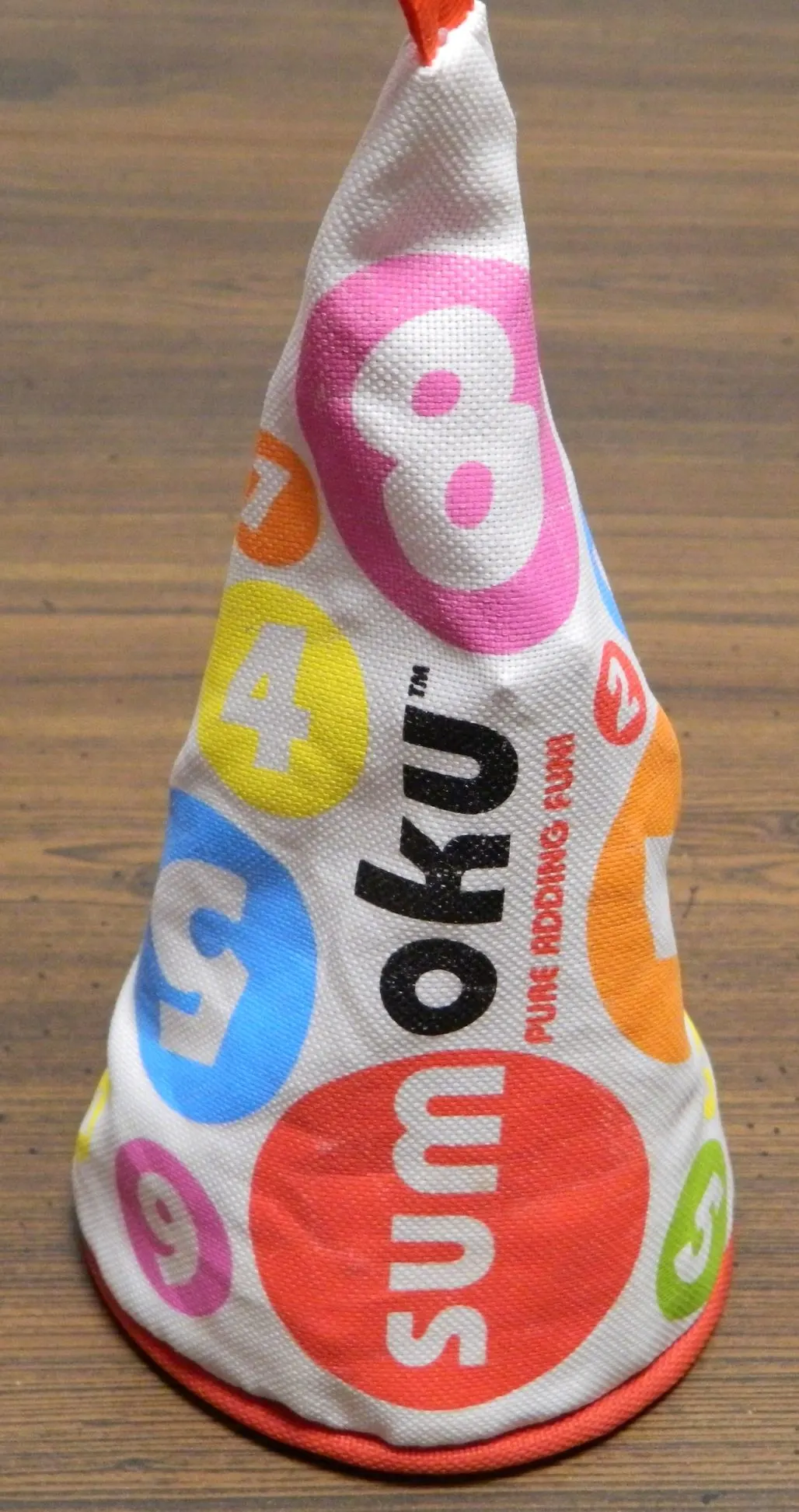

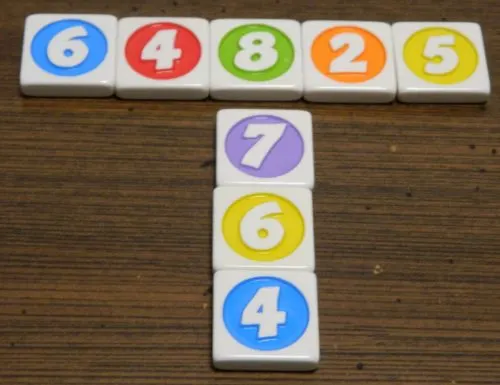
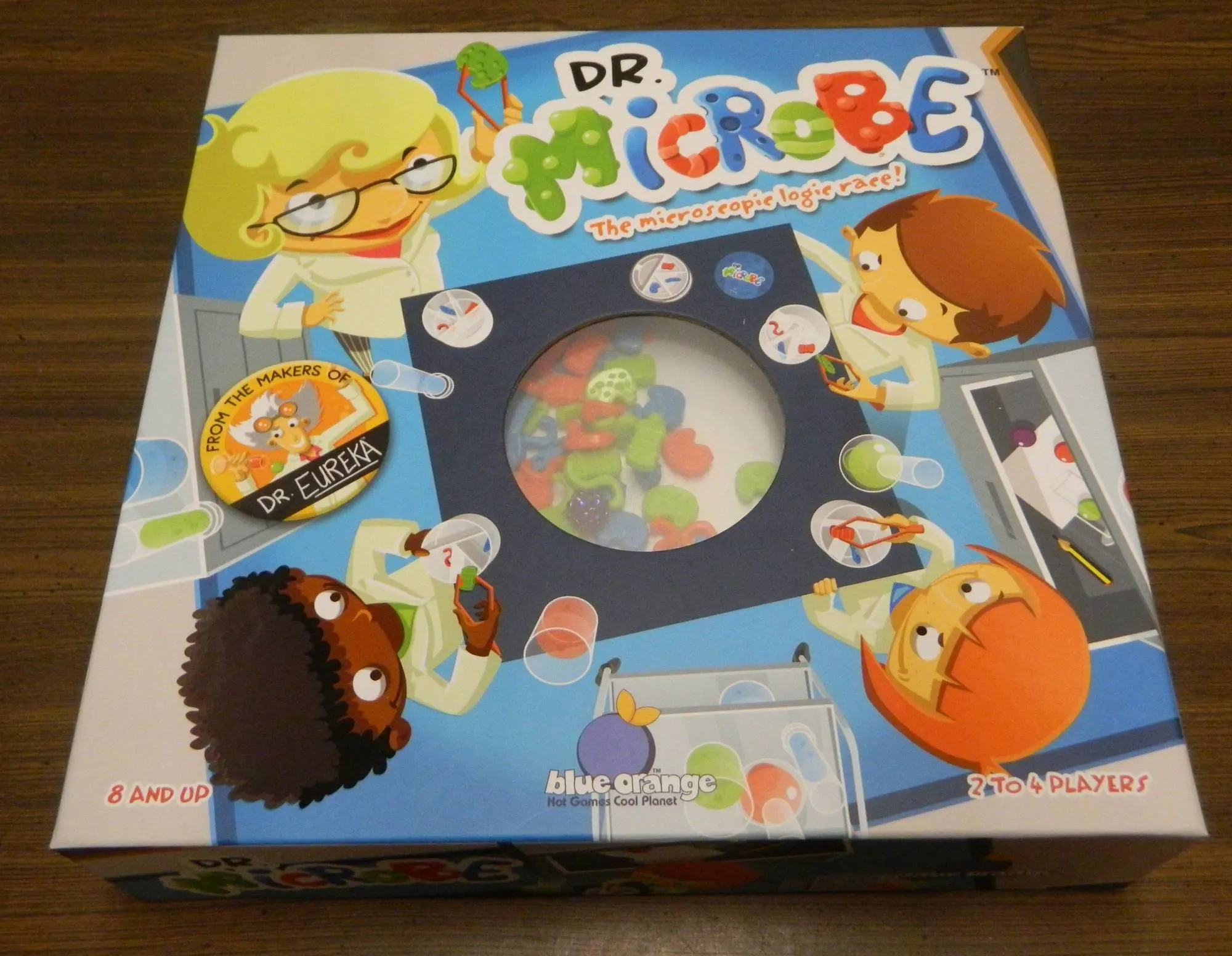
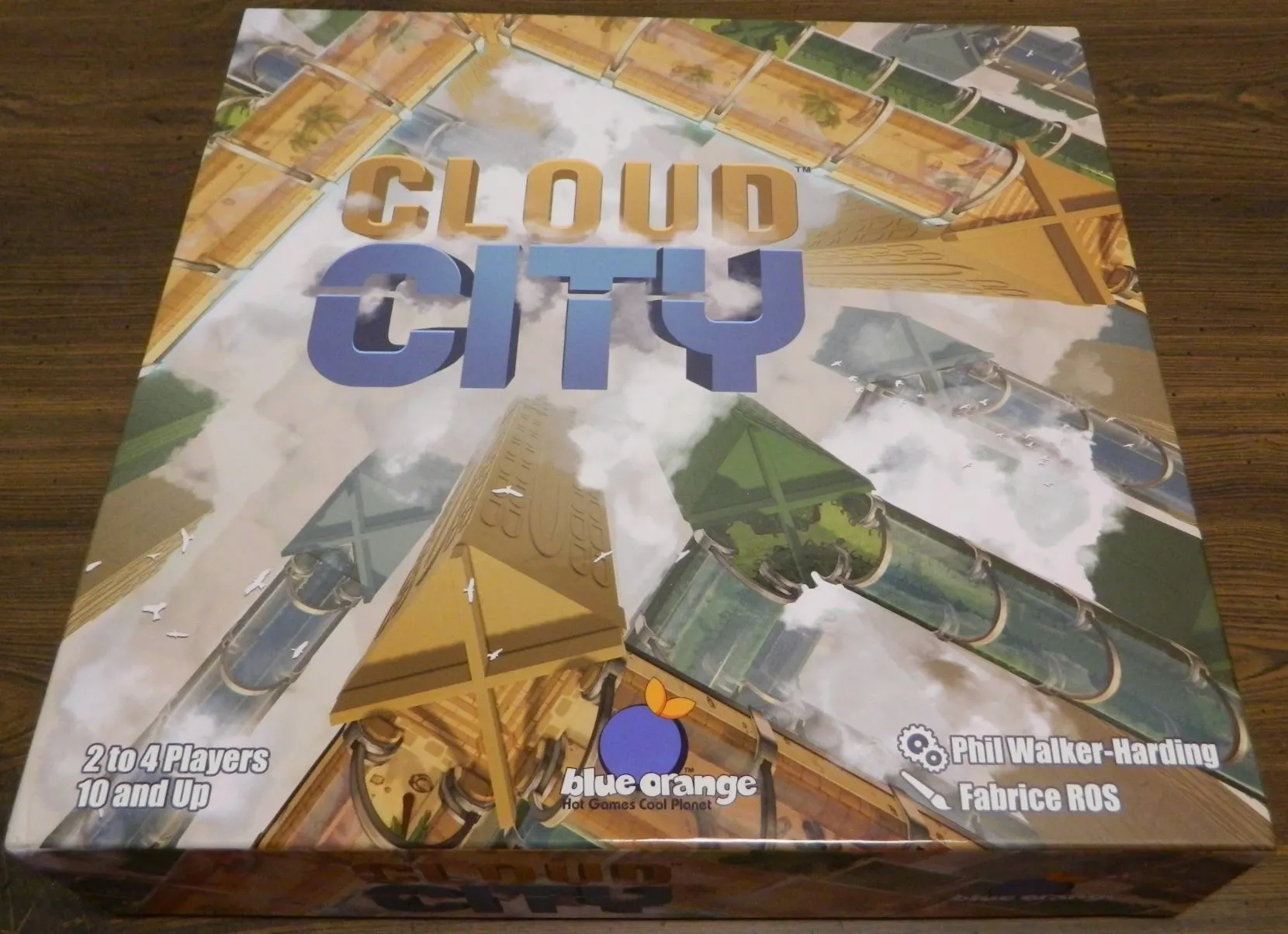
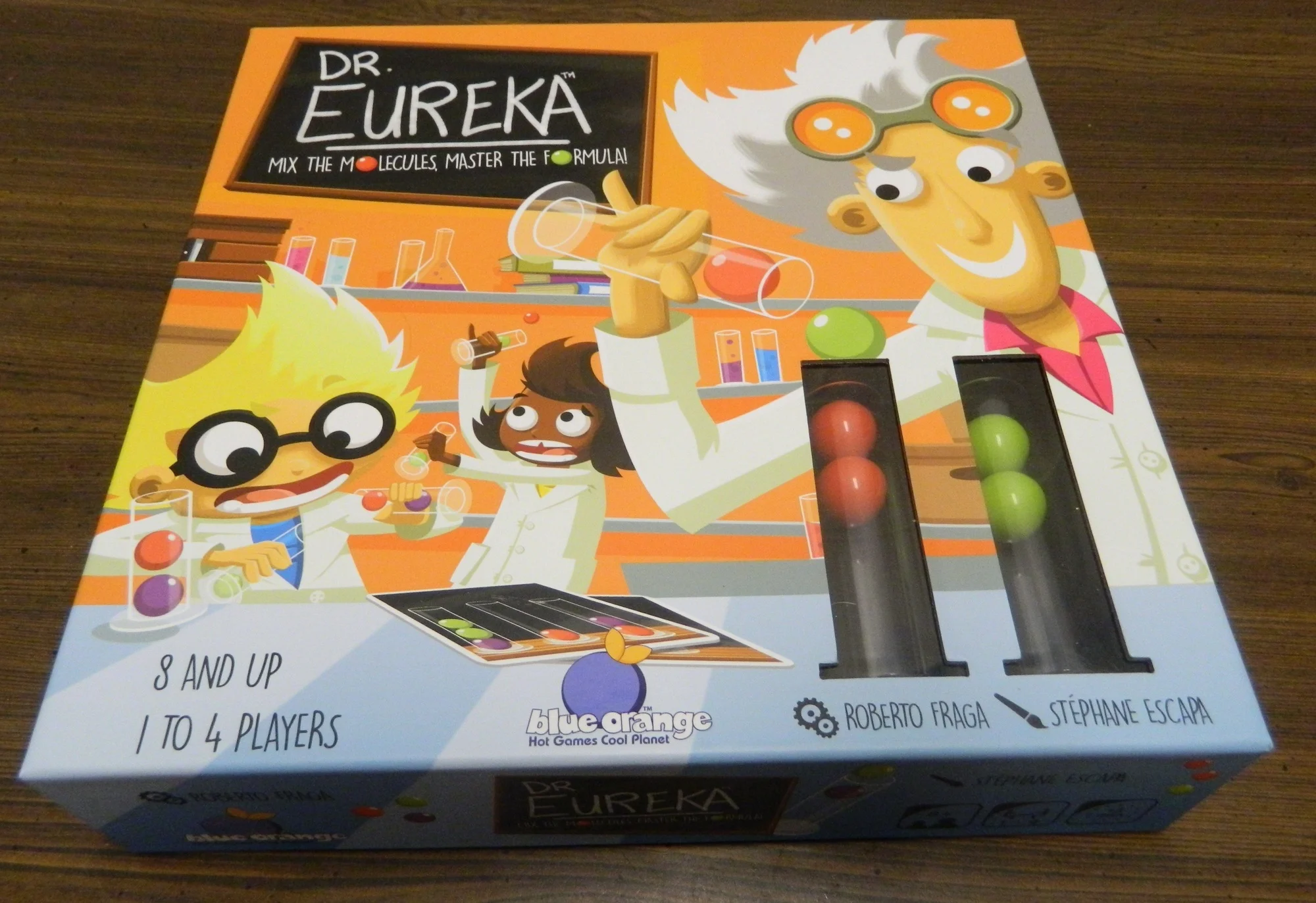
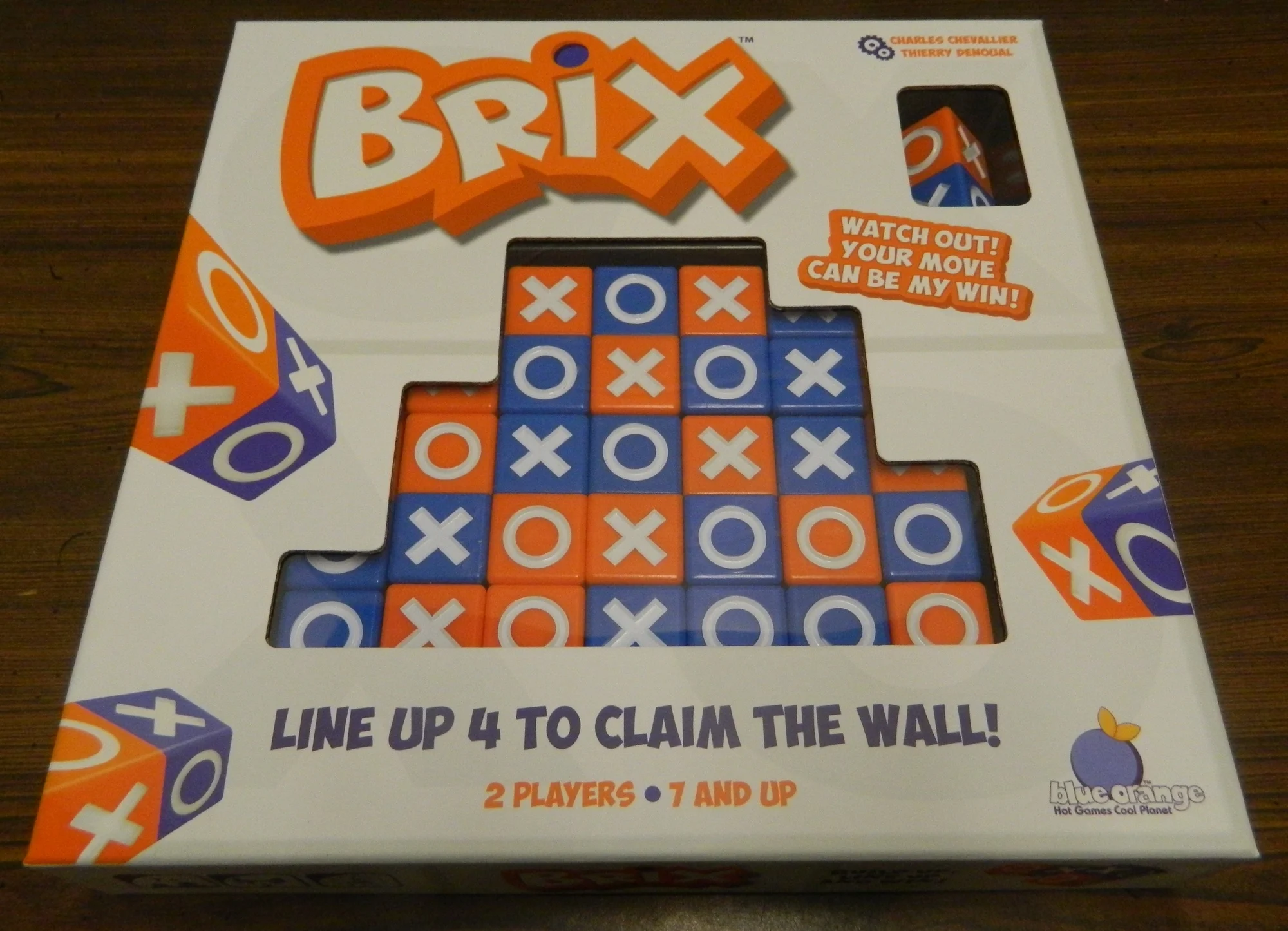
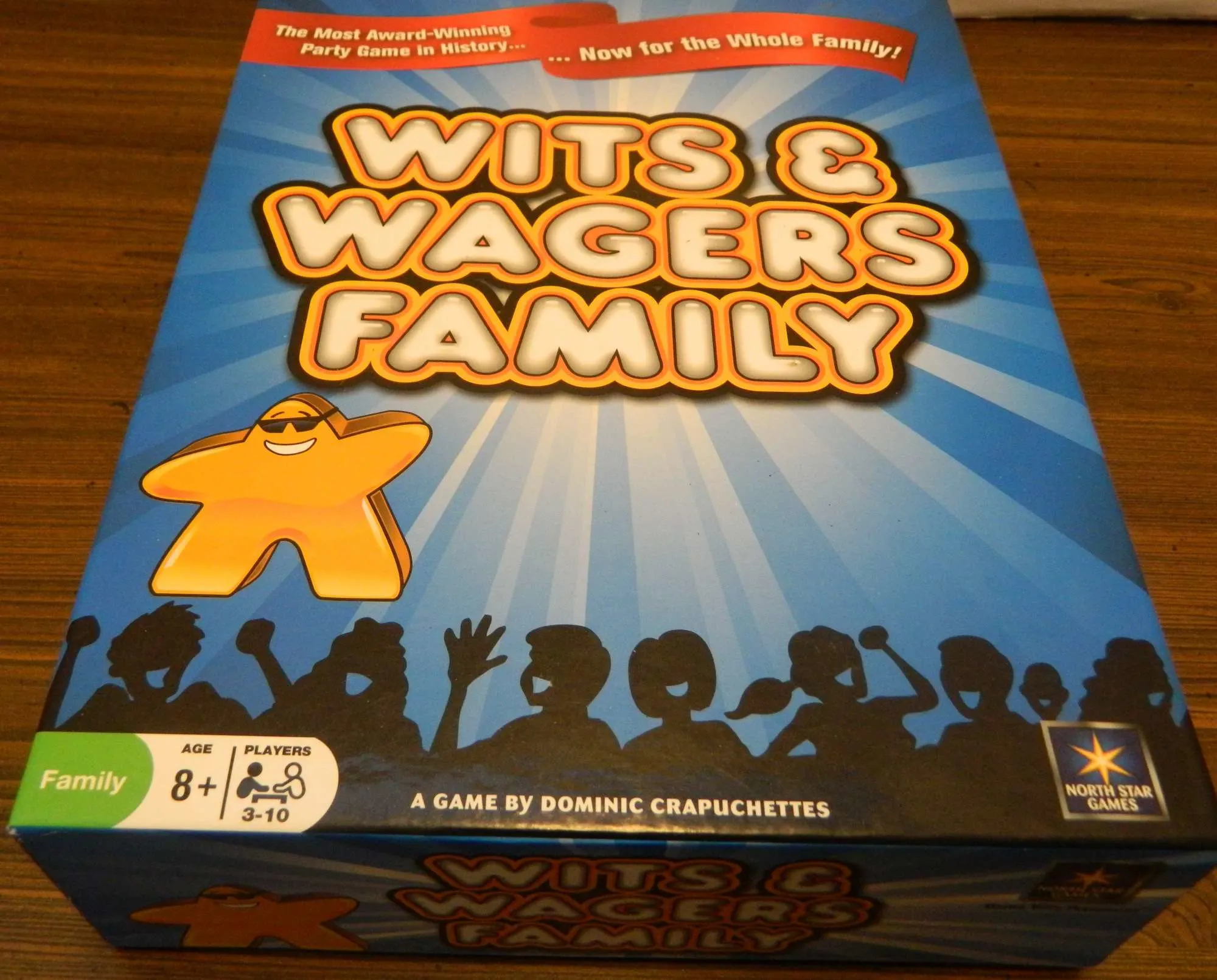
kitty judge
Wednesday 5th of May 2021
Under your discussion on Speed Sumoku, End of Round, there is an illustration with caption "This player has used all of their tiles to create this crossword. As the crossword correctly uses the tiles this player will win the round." However while the bottom line of numbers 4+8+2+1 does add up to a multiple of 5 it incorrectly includes 1 blue, 1 orange, and 2 green tiles. I thought they all have to be different colors.
Eric Mortensen
Thursday 6th of May 2021
Thanks for catching that. You are right. When I took the picture I must not have noticed that there were two tiles of the same color in the line. This wouldn't be allowed in the game as all of the tiles in a line have to be a different color. I have changed the caption for the picture to note this. When I find out my copy of the game I will try to replace the image with one that is correct.